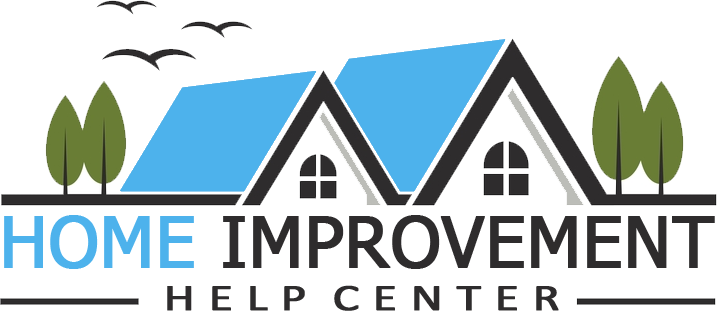When it comes to secure your home, you ought to have pertinent knowledge about the online connected devices. With the advancement of technology, hackers try to infiltrate the corporate and personal networks through the versatile connected gadgets. It’s easier to set up a smart home where you can control door locks, lights, vacuums and many other things remotely with the help of robust features of the mobile devices (smartphones). Besides, it is very easy to check the home from anywhere with the help of smart home security system. Know what you need to consider and what the ways to outfit your paradise are.
What to check?
Components – A smart home security system works with WiFi to connect to the home. The first step which is the entry level system, includes door and window sensors, motion detector, garage opener, indoor and outdoor surveillance cameras, smoke detectors and a network mesh for the wireless systems like WiFi, Zigbee, etc.
Integration – Any smart home security system works in an integrated manner and it can be customised according to your convenience, e.g featuring rules to turn on the light with the detection of motion.
Do-it-yourself or professional installation – The first one is an ideal for budget homeowners as it saves installation costs. It comes as kits and you can configure it.
But the concerns about safety are genuine as several devices have been hacked by cyber criminals. It is introspected that the fear of picking and hacking is a major headache before accepting the smart home solutions. According to a survey report, 66% of customers are very much concerned about the hacking.
Following are some way outs to shield with the new home security networks.
#1. Security and Safety by design
If you can sense that some thief or hacker is constantly trying to break the security protocol and unlock your home; you should react accordingly. It’s recommended to keep the devices simple to curb the available surface area during the attack.
#2. Investigate about Failure
It’s needed to track the flaws and review those loopholes. So that it cannot happen for the next time. Also, the third-party collaboration is important in this matter.
#3. Safe failure modes
If you’re installing home security systems, ensure less damage during hacking attacks. Nowadays it is seen that connected devices are very prone to these types of attacks which can be spread from one device to others. There are some protocols that make sure that safety devices can only work with certain other devices and can inhibit the spread malicious spam or software attacks. Also consider at building safe remote updates.
#4. Standalone mode of operations
It’s very important that the manufacturer understands the parts of the device, which can be operated without an internet connection. Do not buy back obsolete parts or devices that can betray you at any point of time.
#5. Safe choices
You are installing a home security network to protect your house or workplace from unwanted people and hackers. Therefore, it is important to make sure the safety of default settings. Usually, the owners are informed about the tricks to secure the devices. Keep it simple because customers aren’t engineers or tech-savvy.
#6. Data protection
It is necessary to acknowledge customers about the process of data protection and how to remove data if the device is lost, stolen or to be sold. Besides, if the data is meant to be shared by some third parties, make sure the concerned customer understand the clauses and give consent for data use.
Overall these recommendations deal with the best practices of present times. It dictates the methods of securing a device with the home security network. Consumer education is necessary to operate these technically sound devices smoothly.

